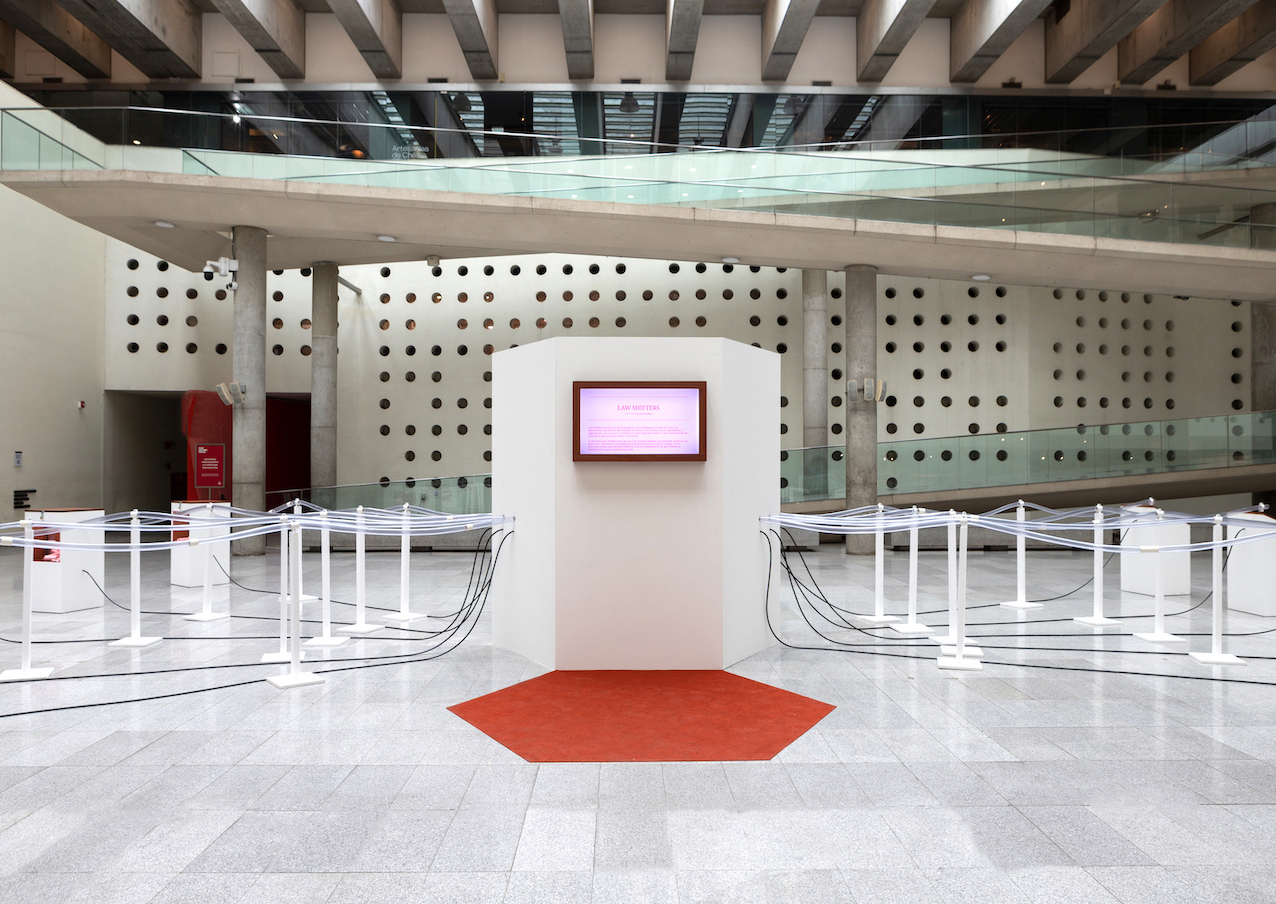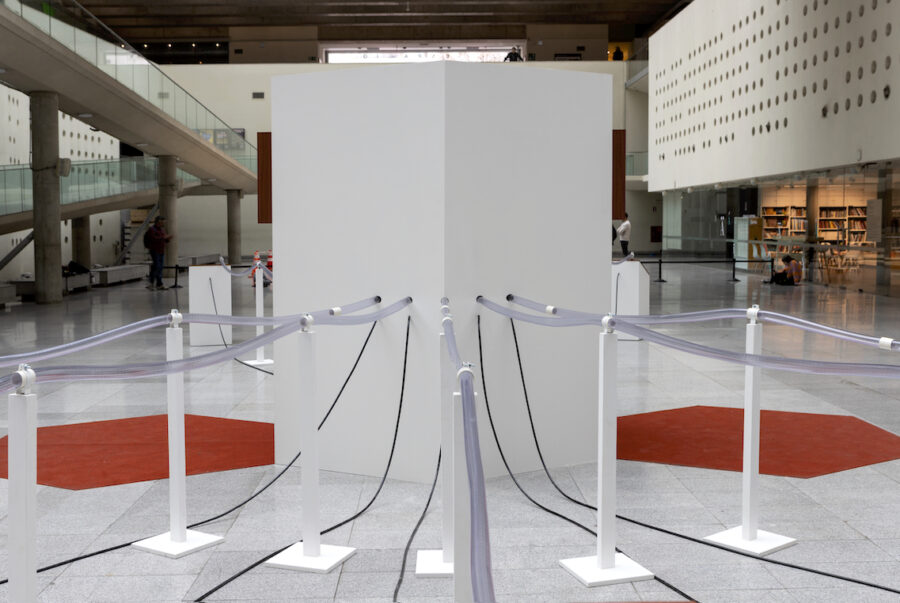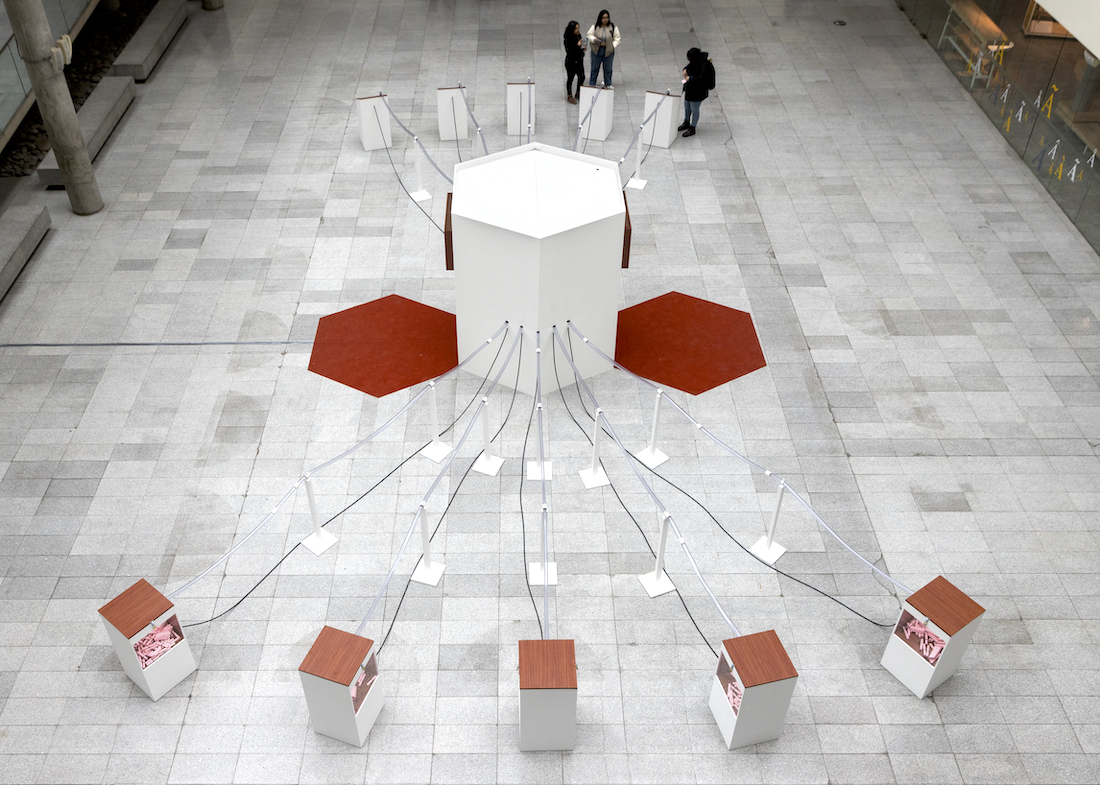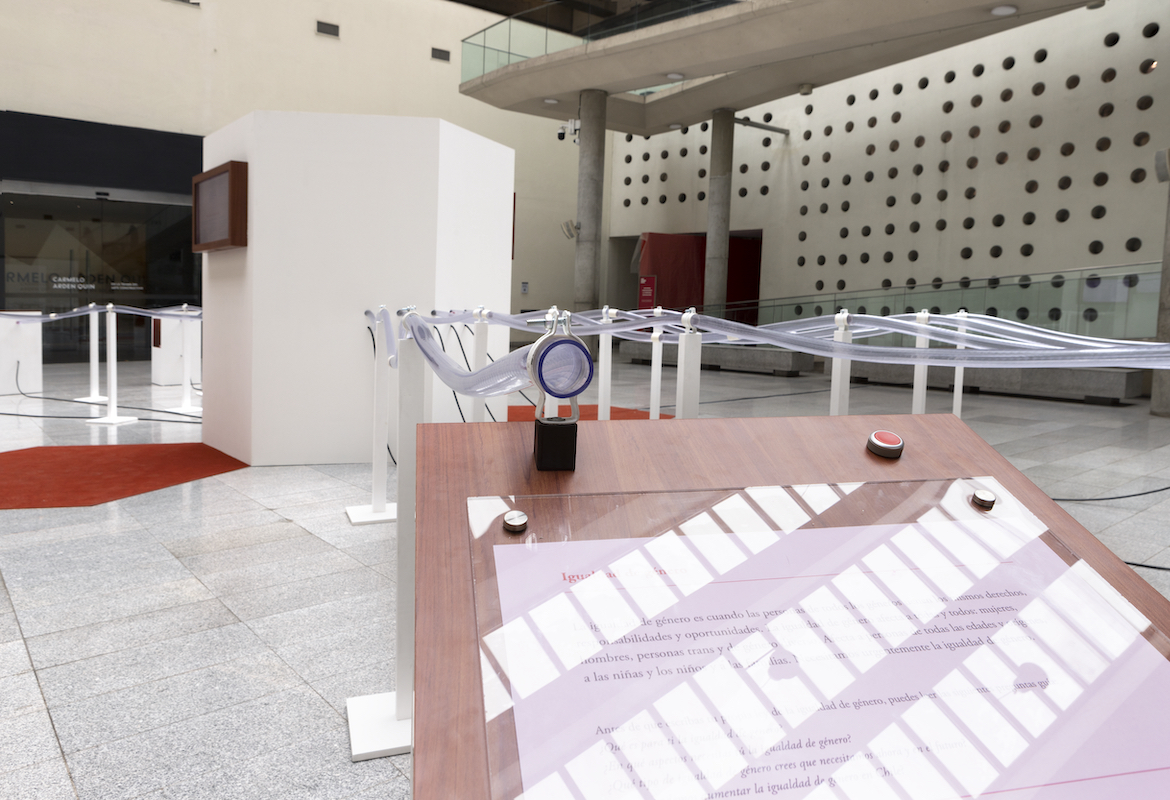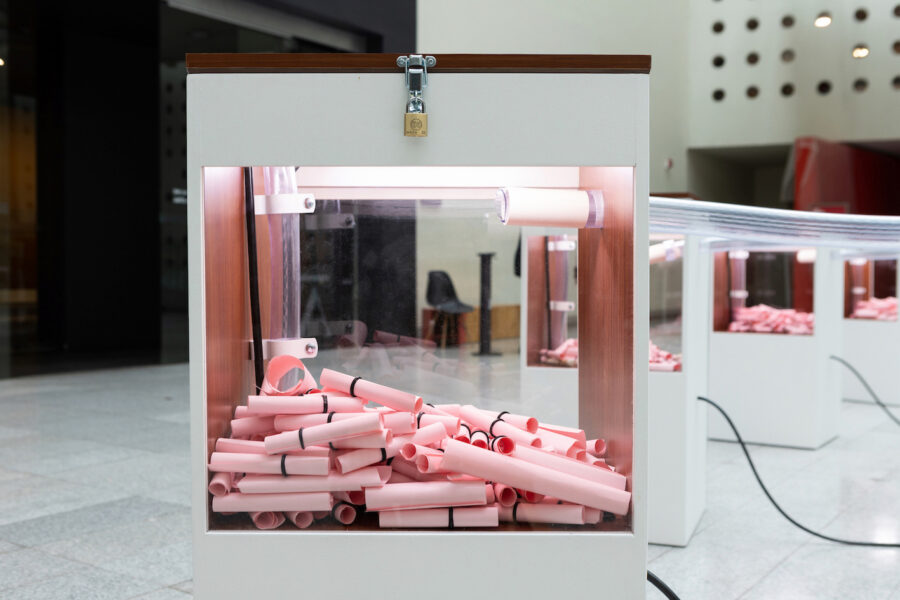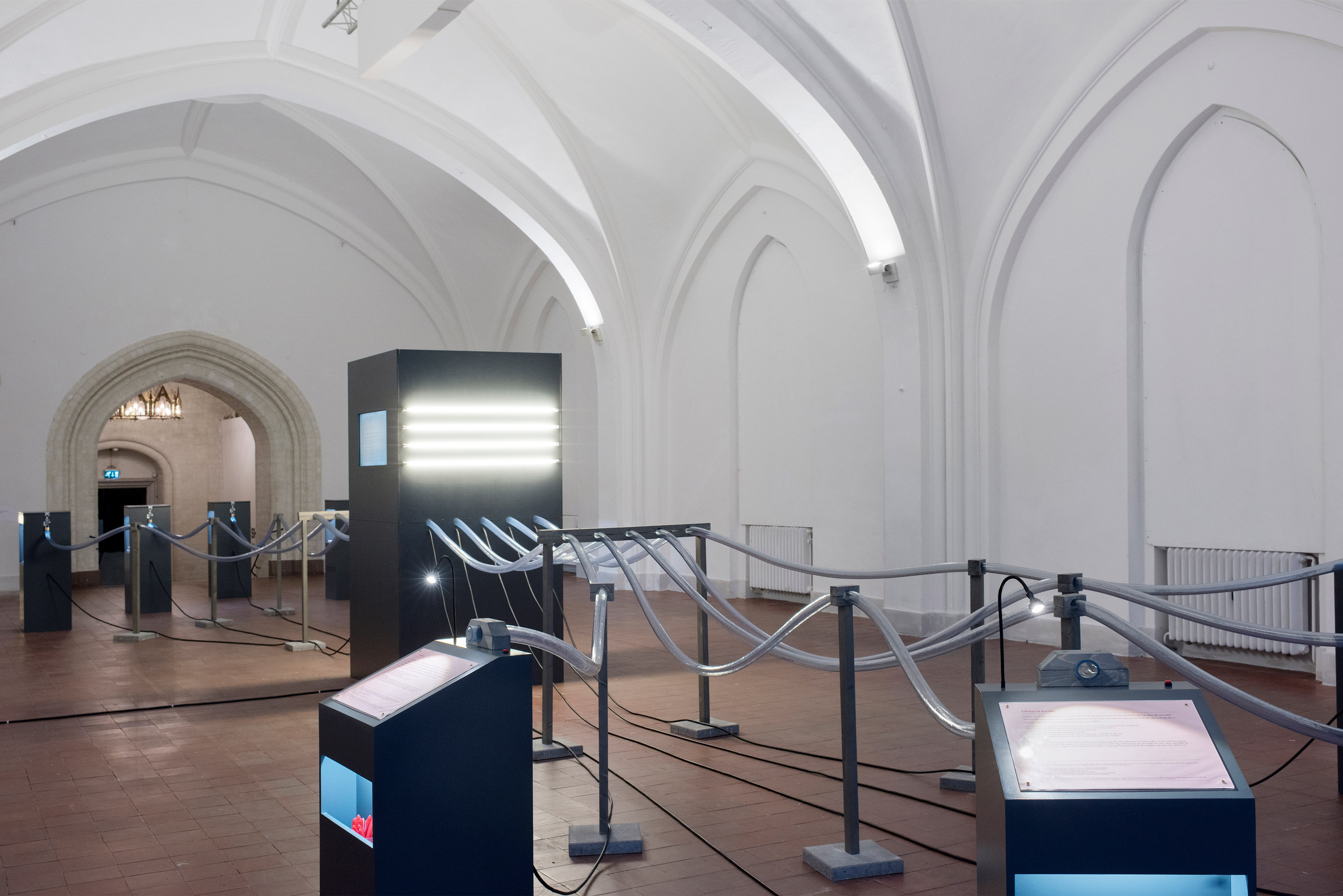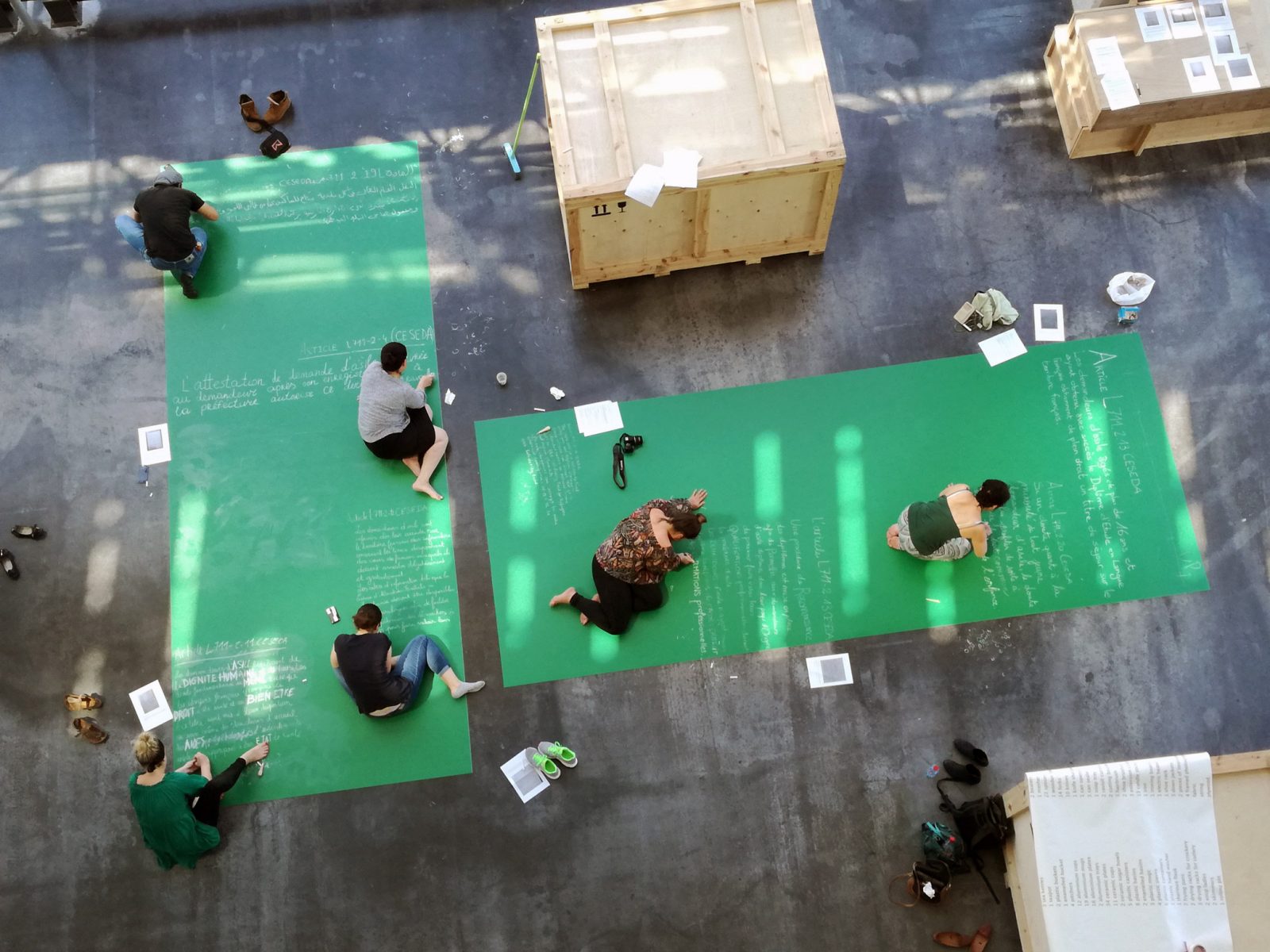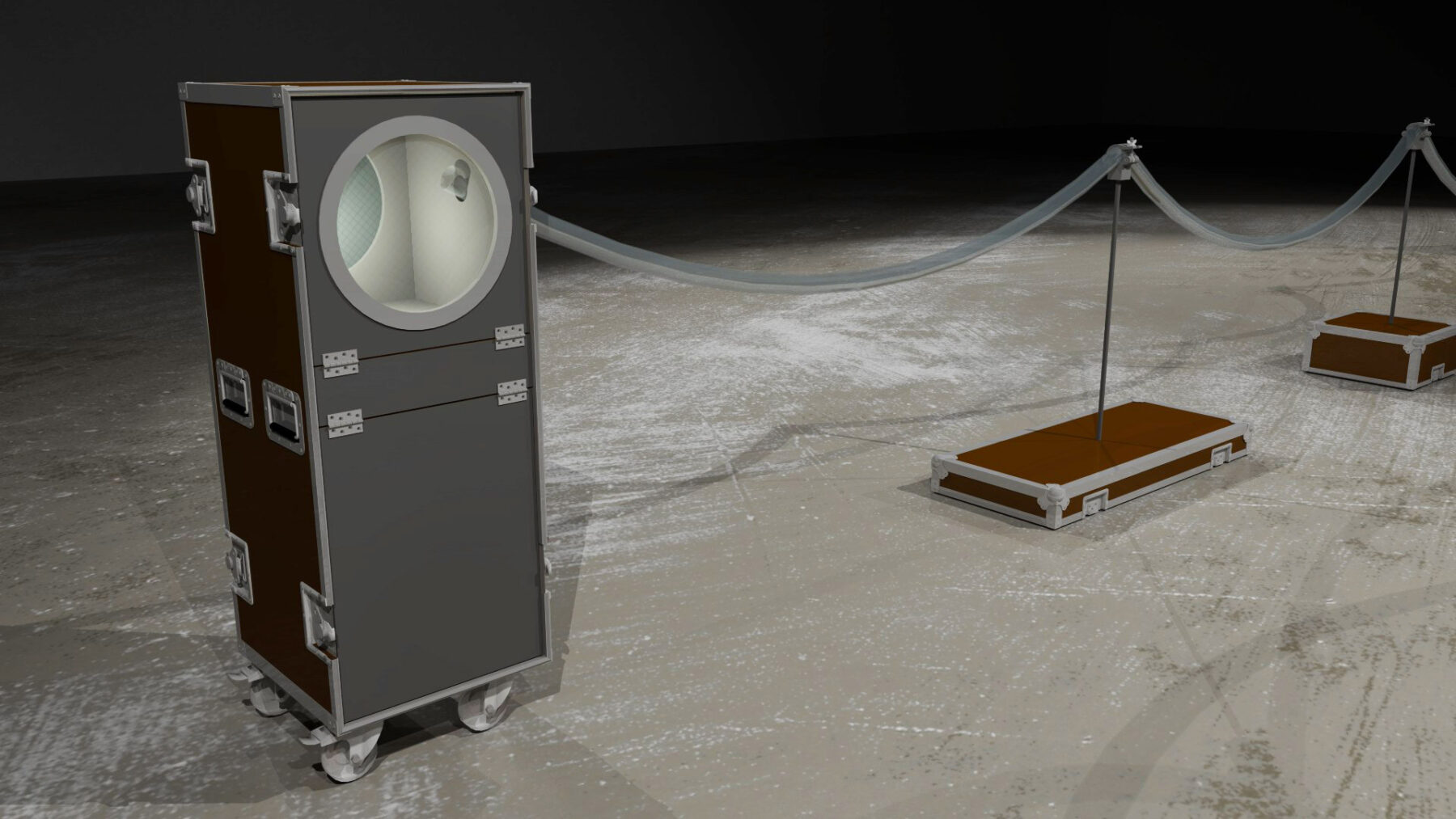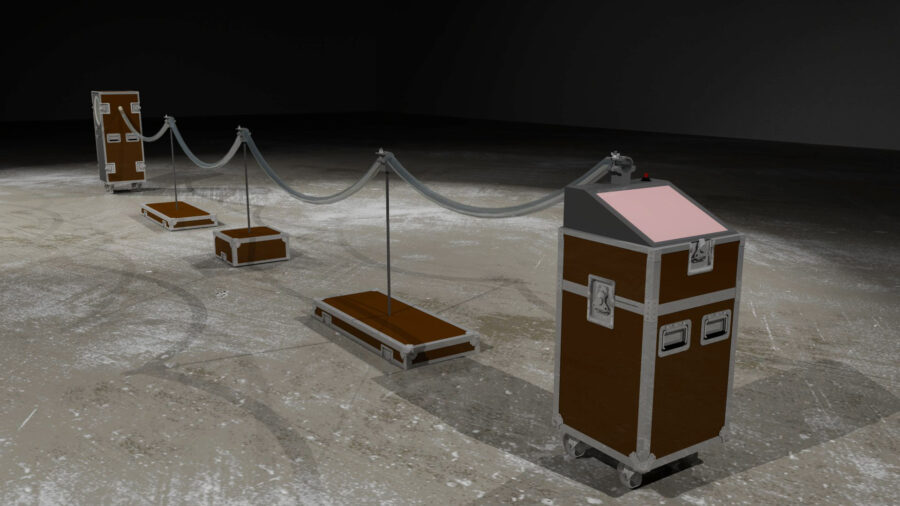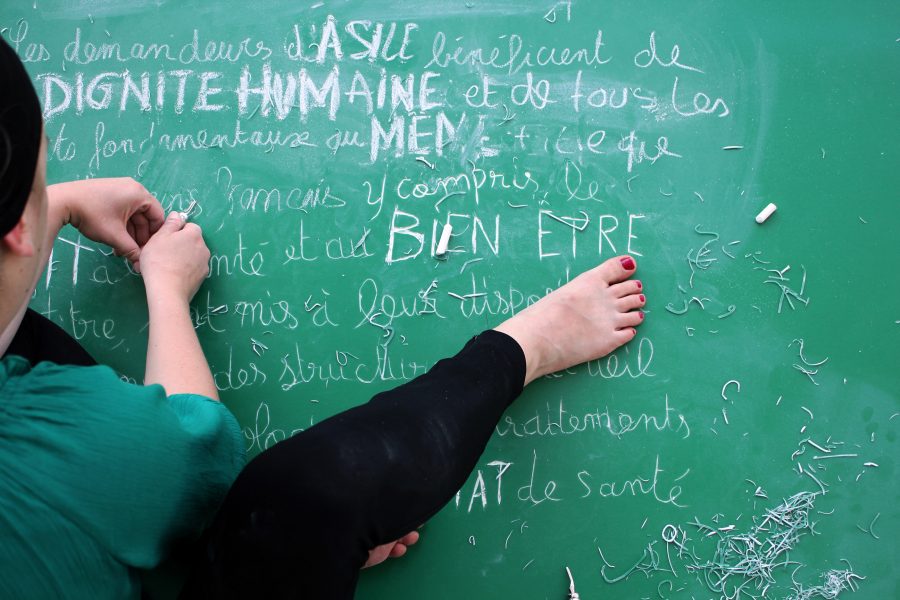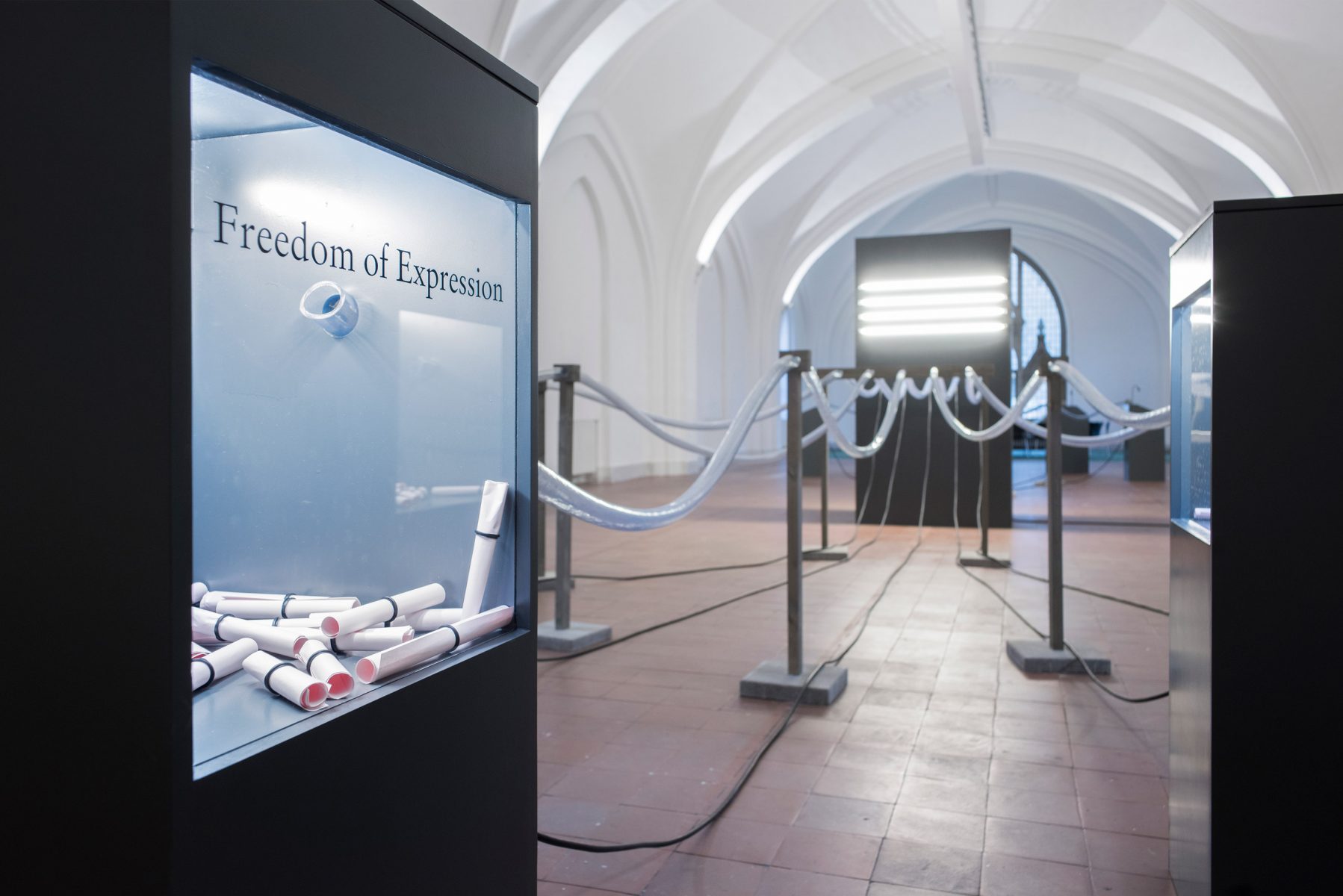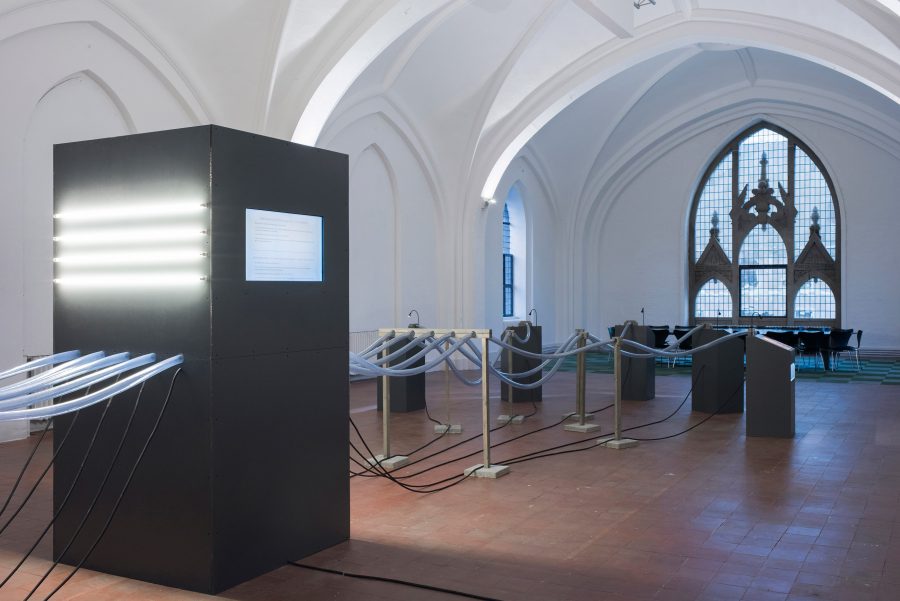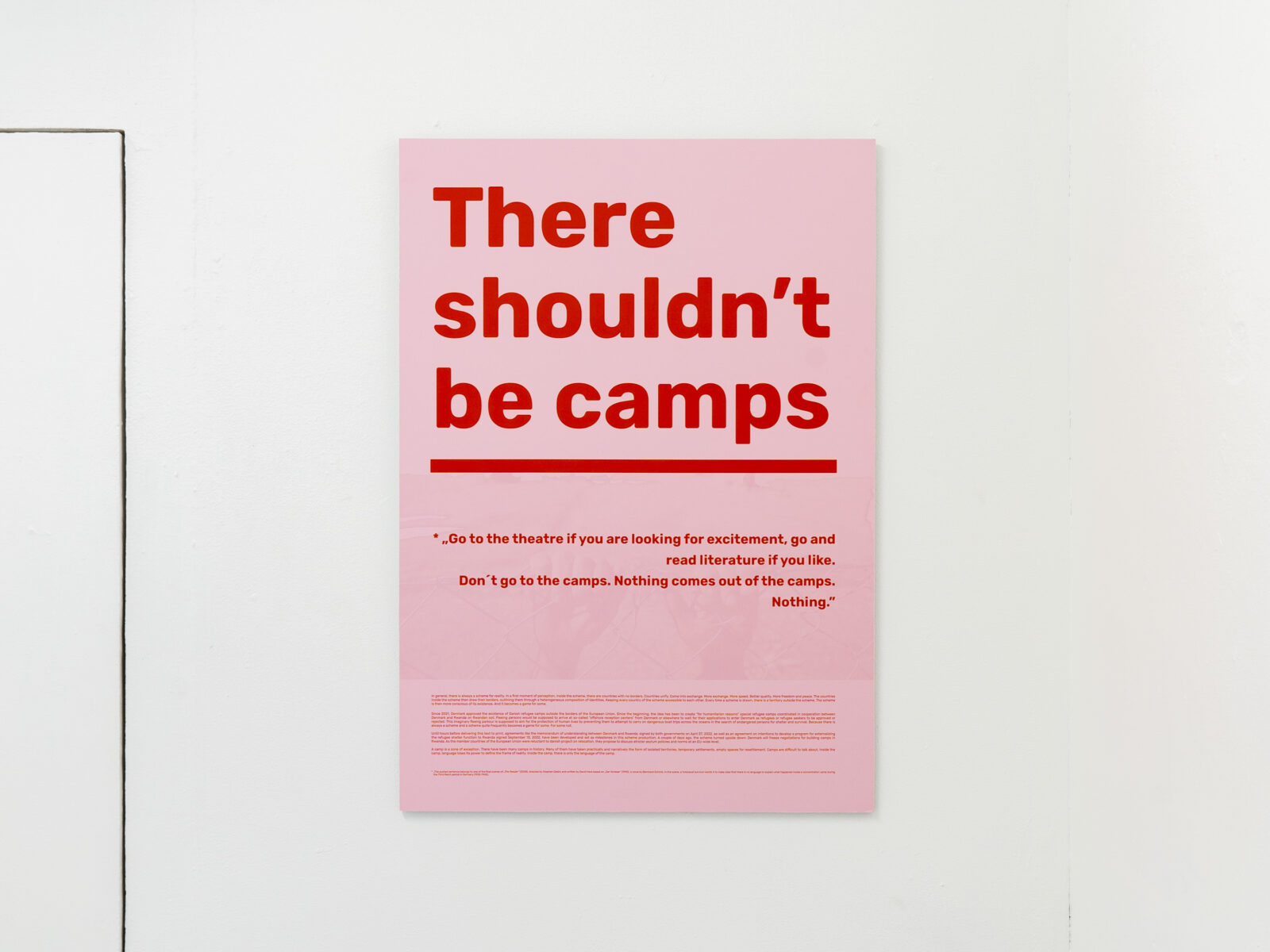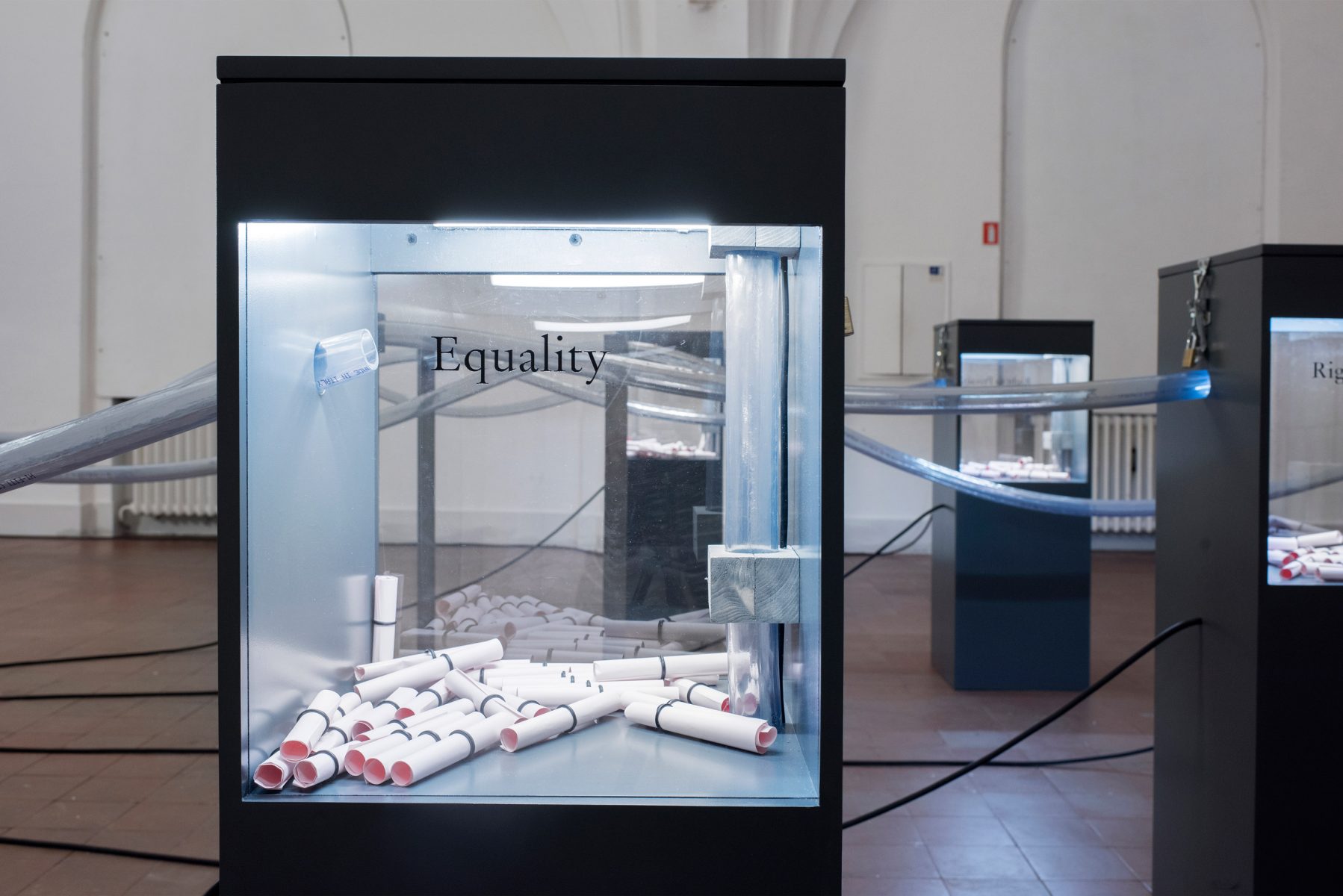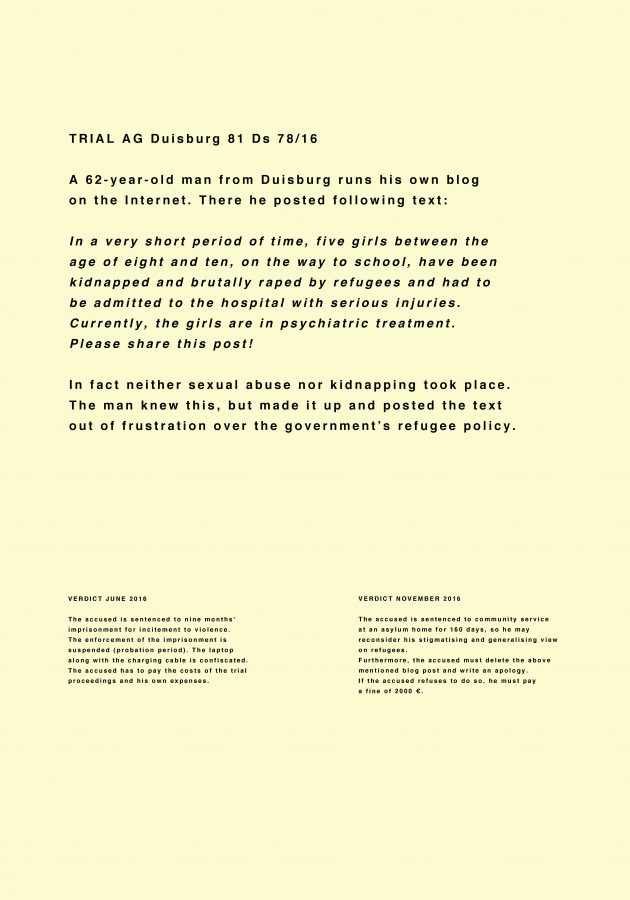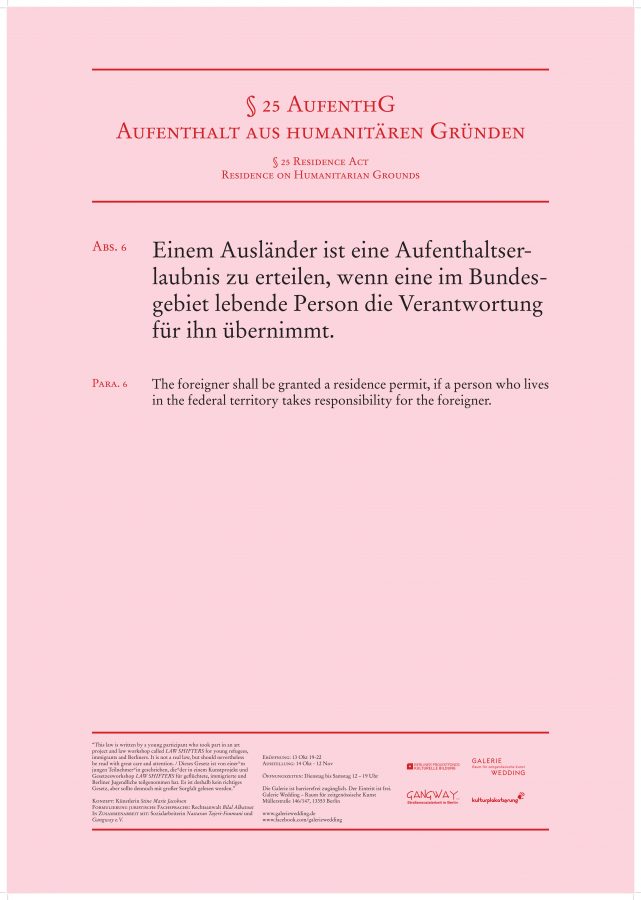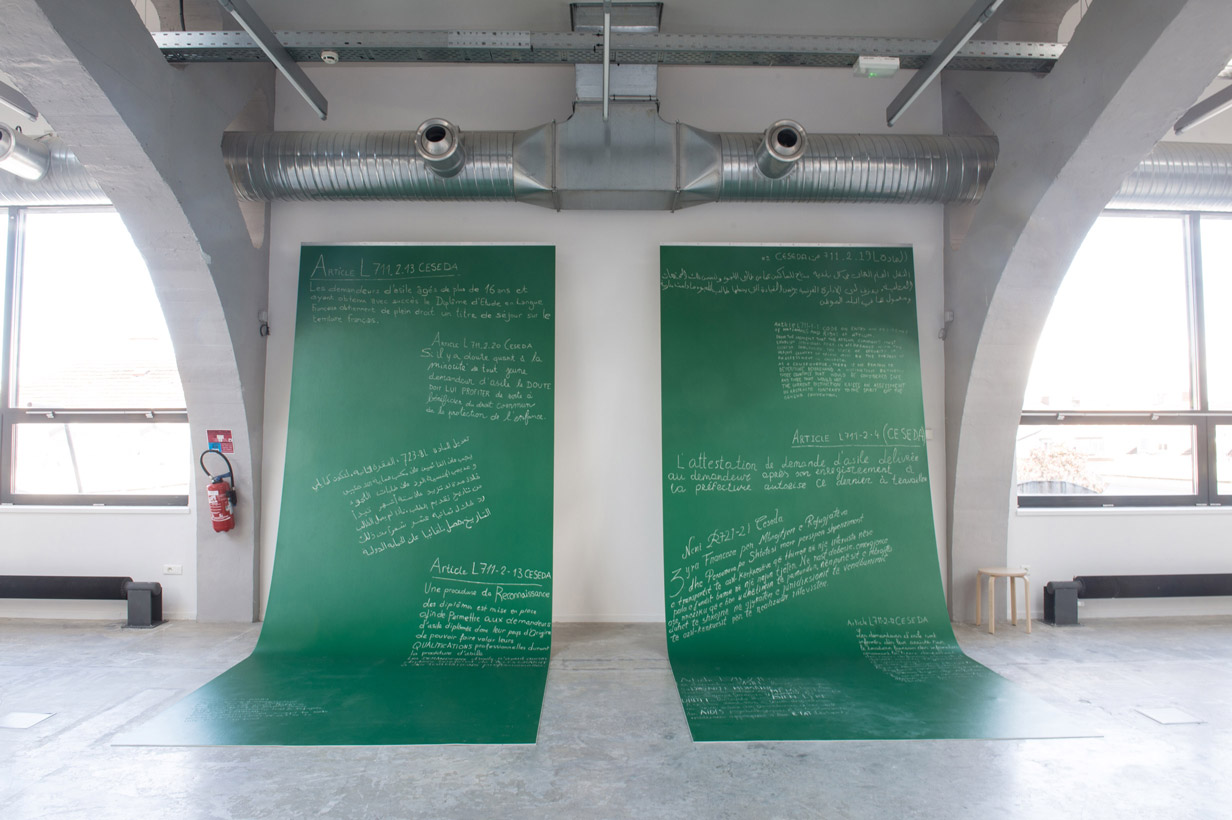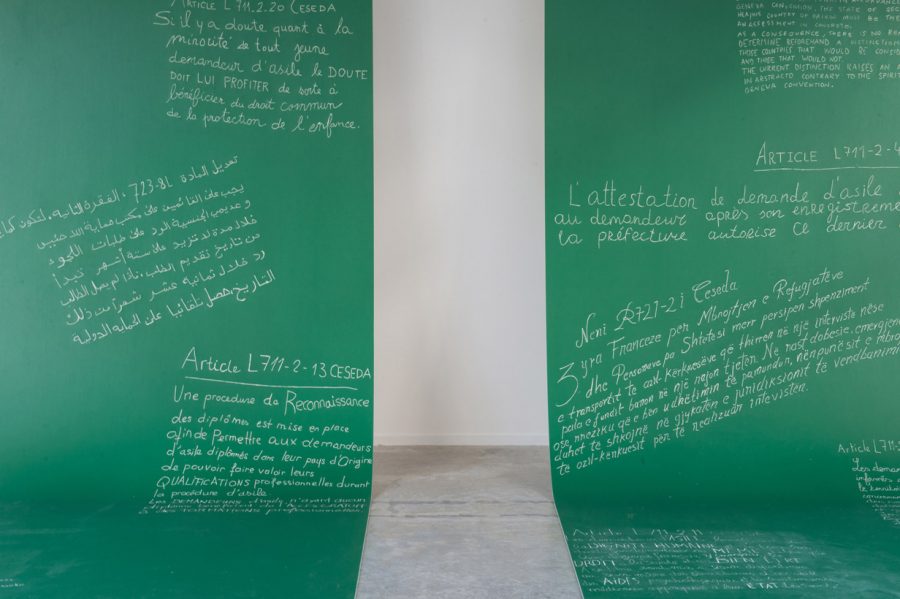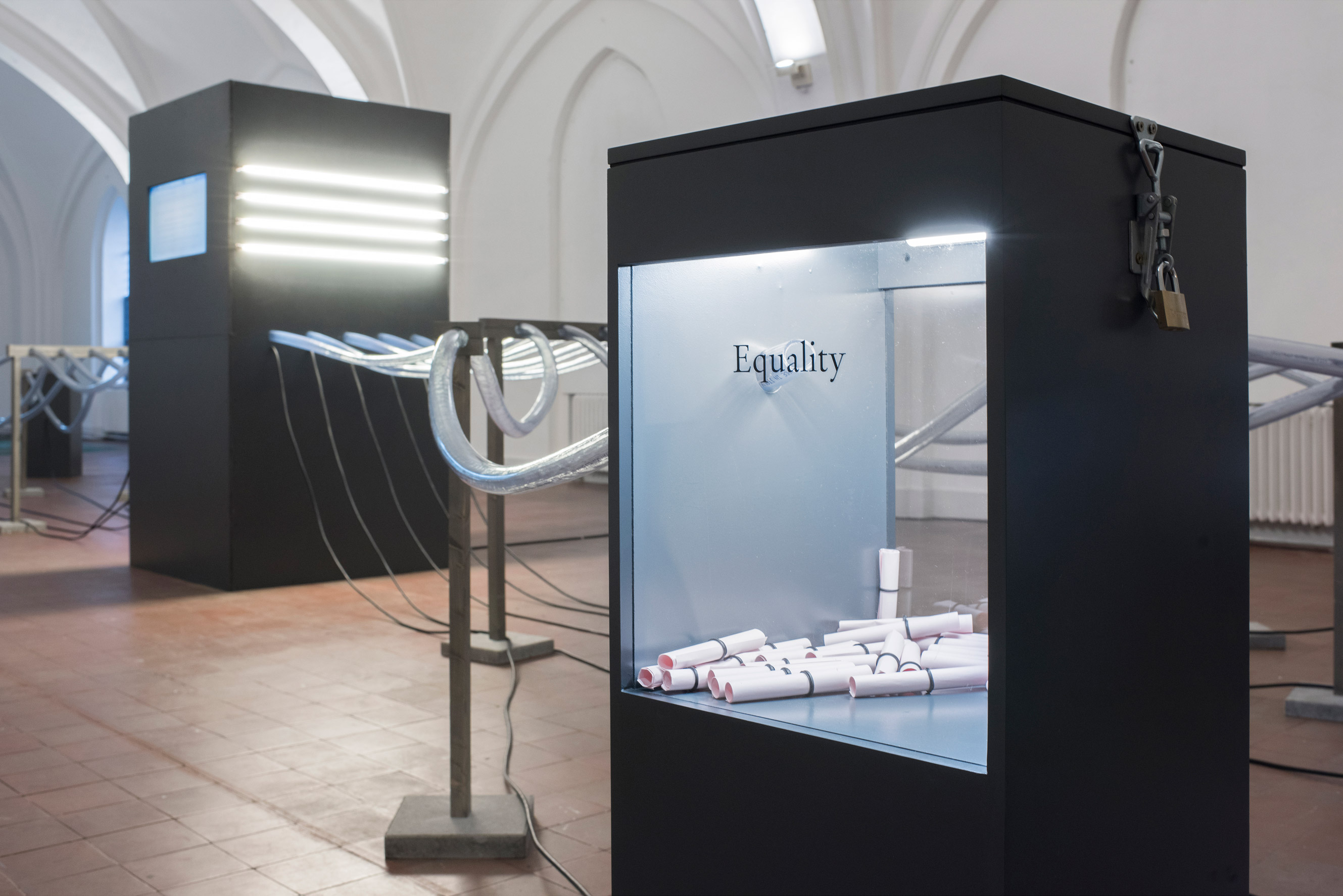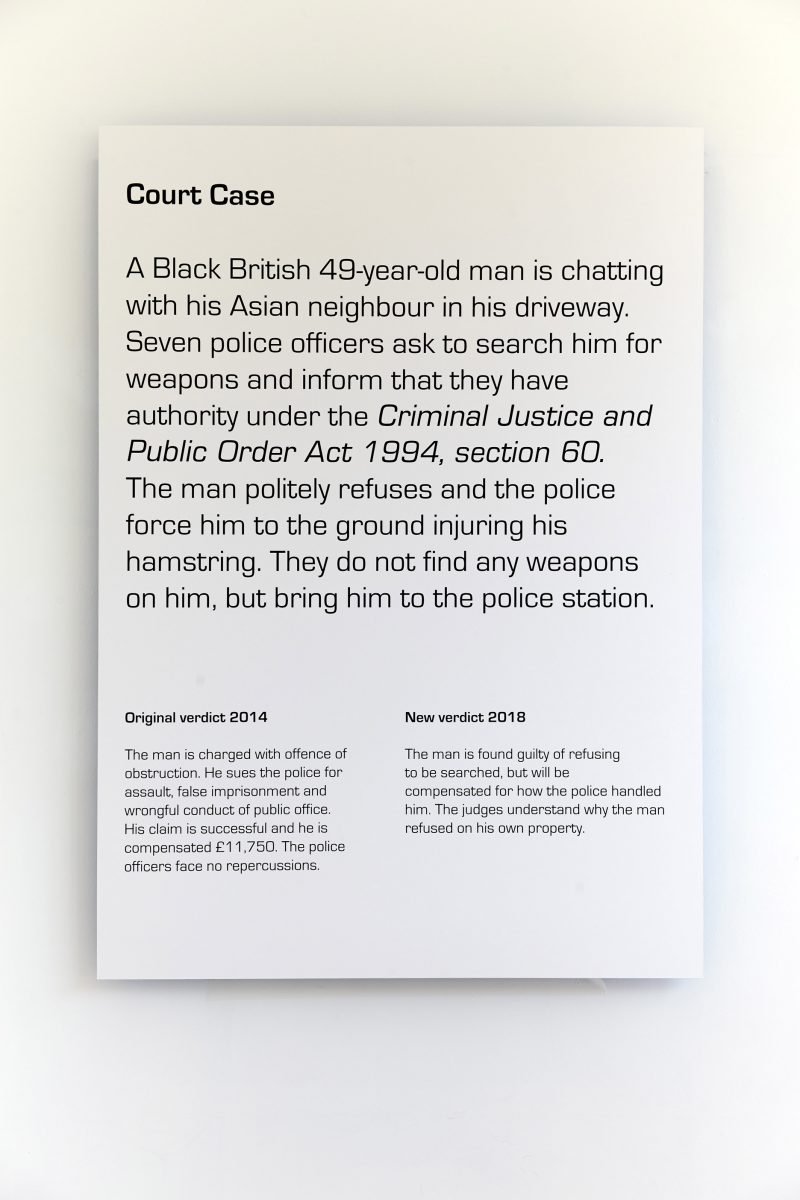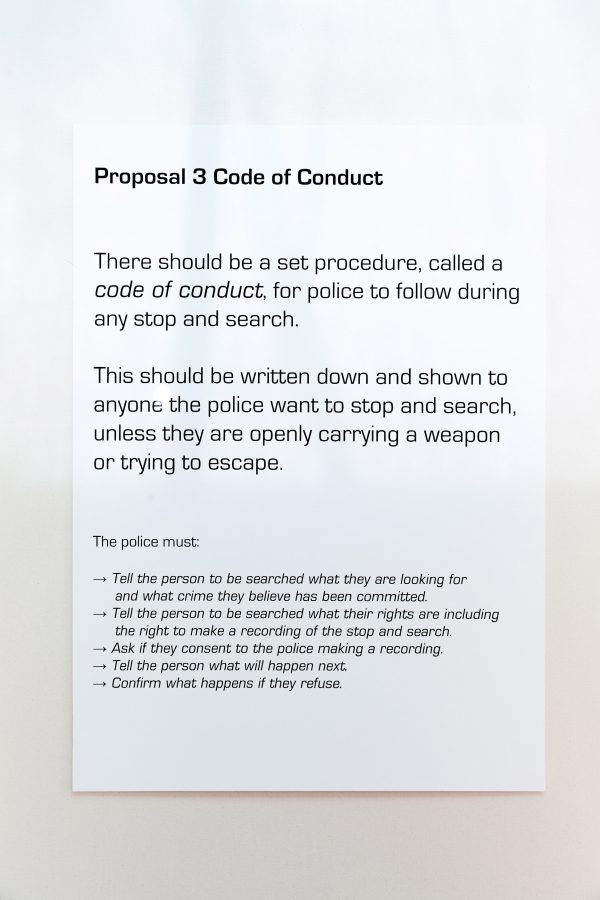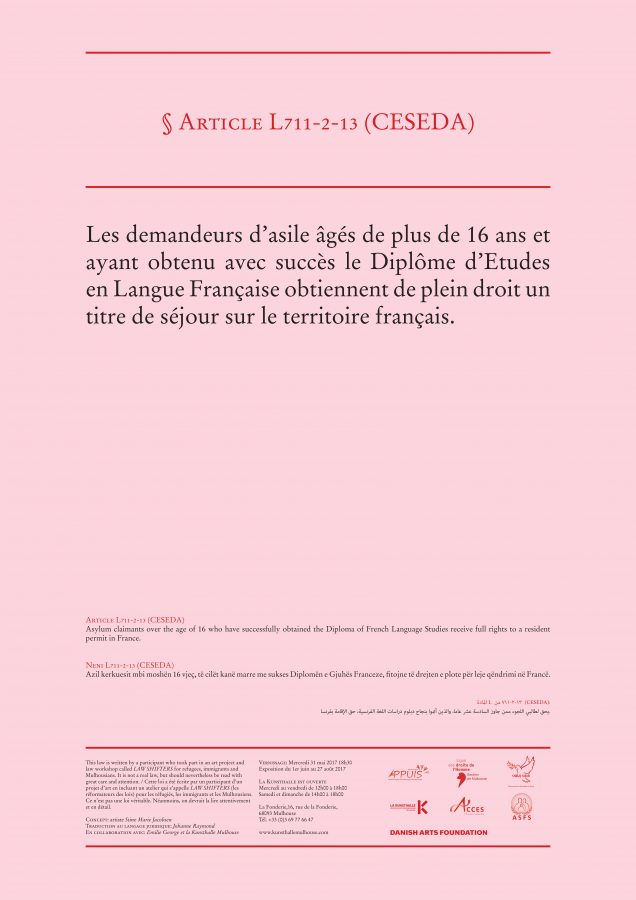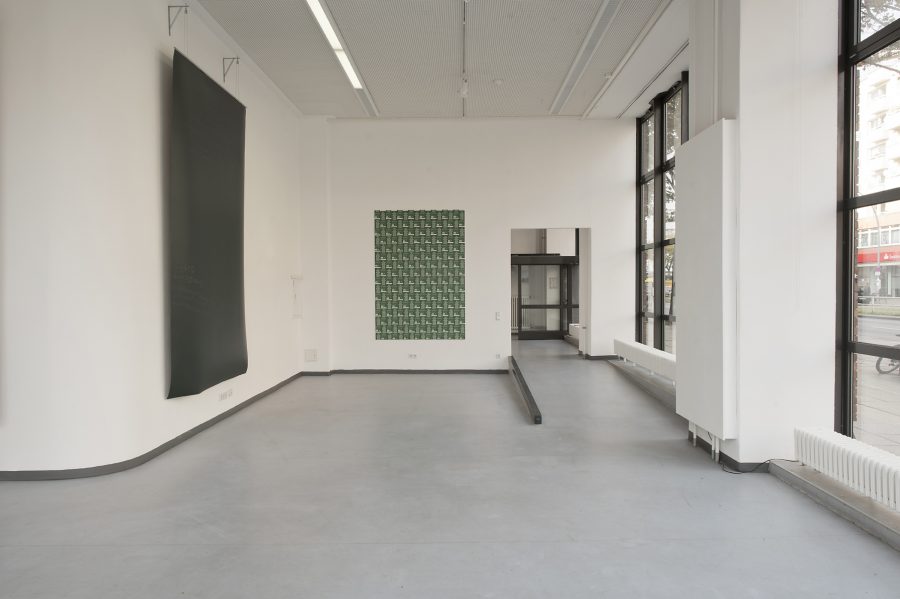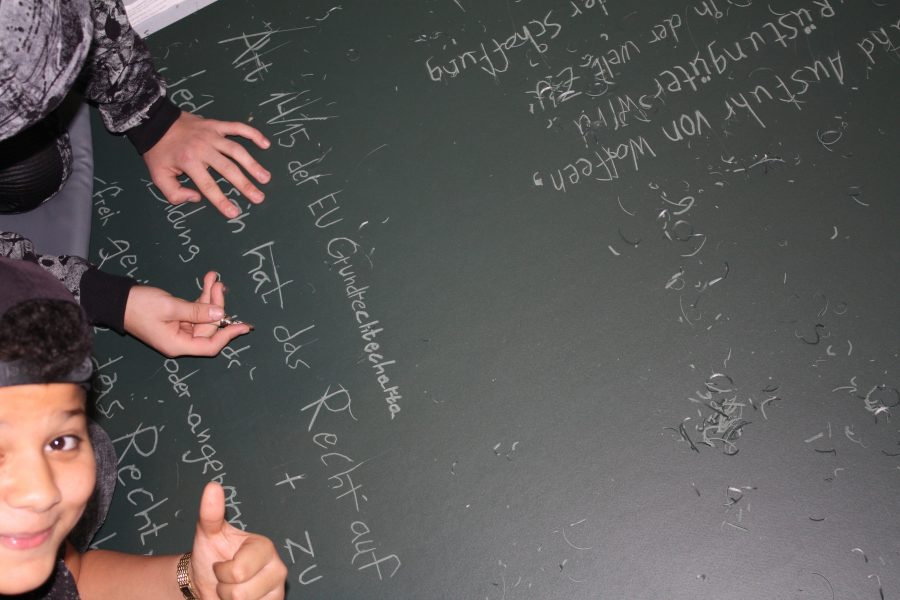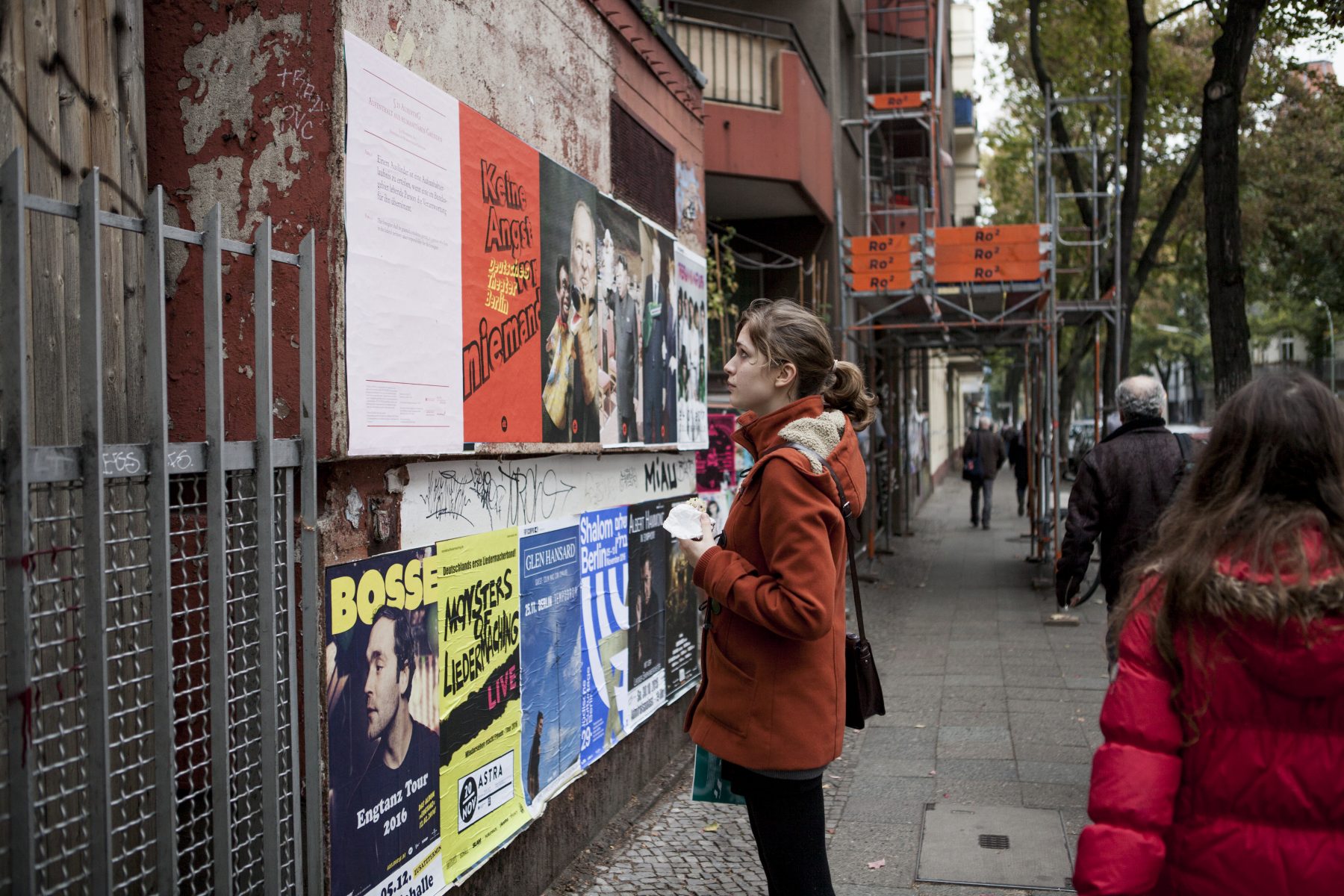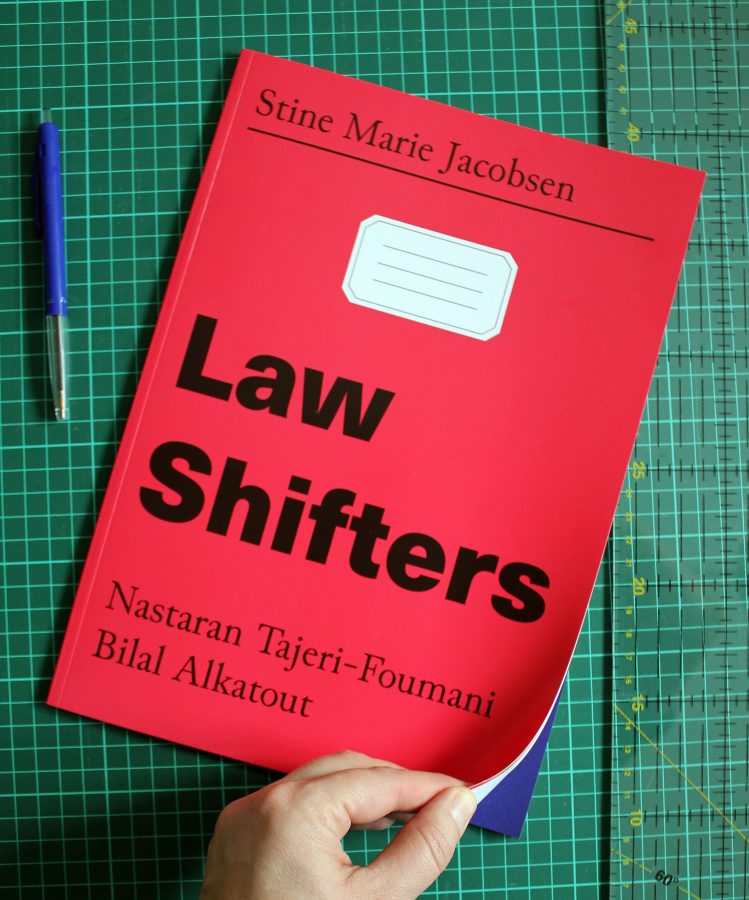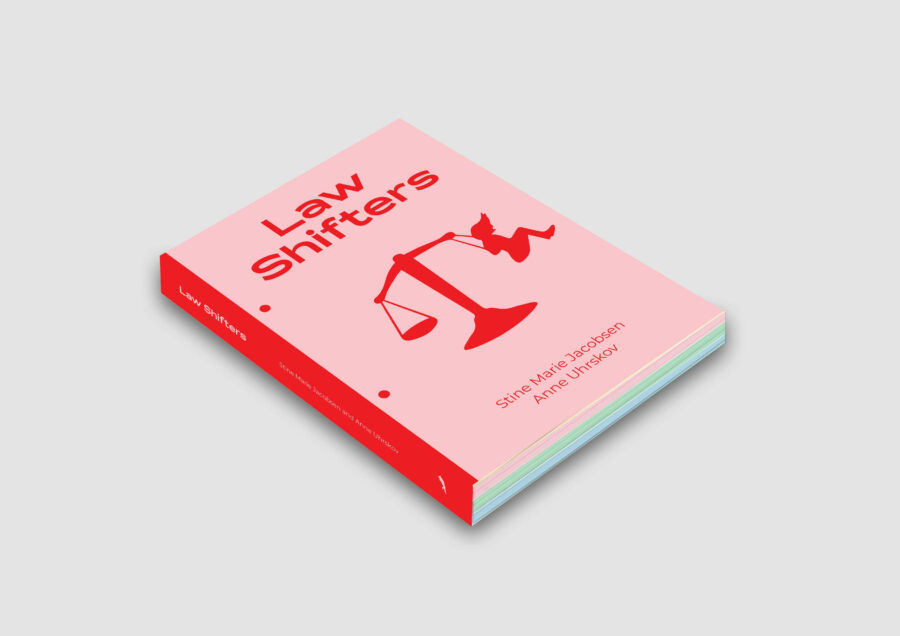Law Shifters
Law is not justice! How can a participatory art project establish alternative knowledge and notions of civil agency within the law? Law Shifters (2016-) ignites civil agency within the law by inviting citizens, refugees, immigrants, children and teenagers to rejudge real court cases and to write their own laws. Without being burdened by legal terminology, young people discuss their own perspectives on current laws and write their own legislative proposals. Without changing their content, a professional lawyer then translates these into standard legal language. The young people experience how legal language is a writing style, which can be decoded just like a poem.
“Am I allowed to write my own law?”, a young Law Shifters participant asked.
If legislation is incomprehensible to the public, civil society is nullified. While addressing a gap between law policies and law practices, the goal of Law Shifters is to help young people reflect on their ethical position, to develop their sense of law, and to act as a catalyst for the creation of an effective influence on current laws. The artistic accomplishment is to finally communicate new legislative proposals to the public – in contrast to the existing ones. And to generate a shift from fearing the government to facing the Law, which is a movement of transgression.
The upshot of the project is to be reflected in the public’s reception of a street poster campaign and an online website with a voting system, which through the use of the ‘Right to initiative’ may turn some of the legislative proposals into real laws. Some of the written laws are carved into long strips of green linoleum, which resemble school boards, and which are exhibited.
Another young participant asked: “Is it good that I know my rights?”
By employing young people to discuss laws and rejudge real court cases in an unconventional judicial gameplay scenario, Law Shifters presents an earnestness, naiveté and a Socratic dialogue that deals with basic democratic principles such as the right to protest, to free speech and to privacy and human rights, gender equality and immigration rights. What is a rule, and what is actually a law? What are the differences between the executive, judicial and legislative branches? The aim is to create a serious, but also humorous and creative, approach to existing regulations and legislation in Europe. A law and a court case is a historical, political document, which offers an insight into people’s opinions, ethical views and sense of justice.
